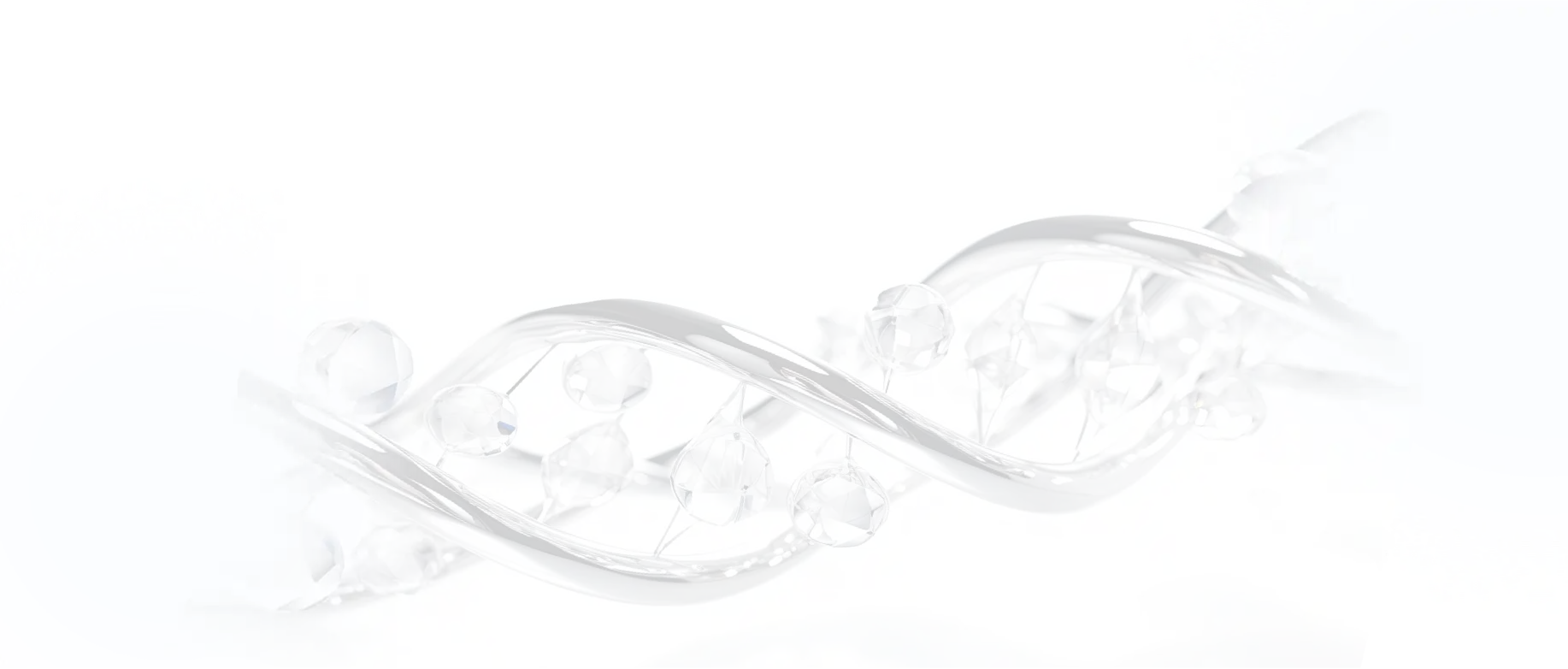Covalent inhibitors Library
Catalog No. DO2200
Non-covalent inhibitors have long been a major focus in drug discovery. Although their binding to targets is not very strong, medicinal chemists have continually attempted to enhance drug efficacy through structural optimization and dosage adjustment. On the other hand, covalent inhibitors have often been overlooked by researchers due to their higher toxicity risks and unclear mechanisms of action. However, in recent years, an increasing number of non-covalent drugs, especially anti-cancer drugs, have shown issues with drug resistance and suboptimal efficacy, prompting a renewed interest in the development of covalent inhibitors.
Compared to non-covalent inhibitors, covalent inhibitors exhibit stronger selectivity, longer duration of action, lower effective concentrations, and reduced risk of resistance. Many covalent inhibitors were discovered serendipitously, such as aspirin, penicillin, and fluorouracil, which have played significant roles in the history of drug development. However, serendipitous discovery is a rare event, and rational design and screening of covalent inhibitors are key to developing better covalent drugs.
Covalent inhibitor molecules consist of two parts: a warhead and a linker. The linker forms a non-covalent interaction with the target protein binding site, followed by the covalent binding of the warhead to the nucleophilic amino acid residue of the target. Common warhead types include Michael acceptor groups, sulfonyl fluoride groups, disulfide groups, α-cyanoacrylamide groups, and ketone groups. By using existing structures as linkers and adding appropriate warheads, covalent inhibitors can be designed, allowing for the development of new structures and further improving the selectivity of covalent inhibitors.
The Chemdiv Covalent Inhibitor Library is designed to cover common warhead groups used for covalent reactions, such as chloroacetyl, 2-chloropropionyl, acryl, 1-prop-2-ynyl, and 1-but-2-ynyl. In addition, we select diverse and unique structures from our collection of building block compounds to design and synthesize various covalent inhibitors. The Chemdiv Covalent Inhibitor Library currently includes approximately 12,000 compounds, divided into three sub-libraries: the General Covalent Inhibitor Library (around 9,000 compounds), the Smart Covalent Inhibitor Library (around 2,000 compounds), and the sp3-enriched β-lactam Library (around 1,900 compounds), with numbers continuing to grow. The General Covalent Inhibitor Library contains compounds with various common covalent reaction groups, while the Smart Covalent Inhibitor Library consists of compounds designed by linking the linker and warhead. The sp3-enriched β-lactam Library is designed with β-lactam as the core structure.
The Chemdiv Covalent Inhibitor Library offers a wide variety of structurally unique and novel covalent binding compounds, with a total exceeding 12,000, and the number continues to increase. It is an essential tool for covalent inhibitor research.
We have stock available domestically, containing 12,000 compounds, with shorter lead times and better cost-effectiveness. Feel free to contact us for more information!
All products from TargetMol are for Research Use Only. Not for Human or Veterinary or Therapeutic Use.
Resource Download
Library compound info
Excel
SDF
Contact us for more batch information Your shopping cart is currently empty
Your shopping cart is currently empty




